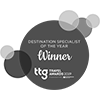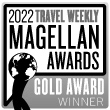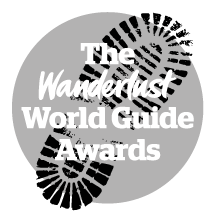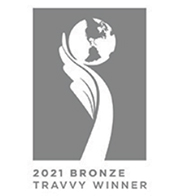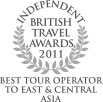Nagasaki 
Once Japan’s window to the world, Nagasaki remains one of the country’s most historically rich and culturally diverse cities – and one that deserves to be known for a whole lot more than the atomic bomb.

“Dutch houses, Chinese street food and fifties-style trams - somehow Nagasaki combines a wealth of cultural influences into one fun, quirky whole.”
Katrina Cordery, Japan specialist and former resident of Nagasaki
Set on the western coast of Kyushu, Nagasaki is Japan’s second oldest trading port – after nearby Hirado – and played a pivotal role in the country’s early interactions with the outside world. From the 16th century onwards, Portuguese and Dutch merchants arrived here, establishing routes that brought goods, ideas and culinary influences – and became the launch pad for much of Japan’s full-scale modernization.
As a result, today, it remains one of Japan’s most culturally interesting cities – and yet remains (for now) off the well-established tourist trail.
For over two hundred years, during Japan’s period of enforced isolation (sakoku), Nagasaki was the only place in the country where trade with foreign nations was permitted. Confined to the small, fan-shaped artificial island of Dejima, Dutch traders introduced unfamiliar products – cabbage, chocolate and tomatoes – to Japan.
Though Dejima has since been swallowed by the city through land reclamation, parts of its historical architecture remain. Ongoing restoration efforts offer visitors the chance to walk reconstructed streets and glimpse the daily life of Japan’s one-time sole international outpost.
The city’s layered history can be felt in its urban fabric today. Shinto shrines sit beside Chinese temples; Western-style mansions overlook stone-paved streets; and locals can tuck into anything from Chinese-inspired champon to the Portuguese castella cake.
Perhaps the most colouful and joyful representation of Nagasaki’s “melting pot” identity is in its festivals. Kunchi is Nagasaki’s biggest celebration of the year, when Dutch boat floats parade the streets alongside dancing Chinese-inspired dragon puppets.
As a visitor, one of the most atmospheric places to explore this heritage is Glover Garden. Set on a hillside overlooking the port, this open-air museum showcases colonial-style homes once occupied by foreign merchants. The most famous of these belonged to Thomas Glover, a Scottish trader who played a key role in Japan’s industrial revolution (earning himself the moniker of the 'Scottish saumrai' at the same time). Today, koi ponds, landscaped gardens and views of Nagasaki Bay make Glover Garden a peaceful, beautiful way to soak up its history.
Of course, Nagasaki’s more recent history is marked by tragedy. On 9th August, 1945, the city became the site of the second – and last – atomic bombing in history. The Nagasaki Atomic Bomb Museum and Peace Park, located in the northern part of the city, provide a reflective and deeply informative account of the events leading up to the bombing and its aftermath. Compared to Hiroshima, the museum tends to draw fewer crowds, allowing for a quieter experience.
Getting around is straightforward thanks to Nagasaki’s 1950s style tram system, which links many of the city’s major sites, but it's a walkable city, too. An afternoon wander might take you from the lanterns of Chinatown to the hydrangeas and vistas of Glover Garden, and then onto a European-style church.
To round off a day in Nagasaki, we recommend the cable car up Mount Inasa. On a clear evening, the view from the summit ranks among Japan’s top three nightscapes – an official distinction that locals take seriously.
For more information email us: [email protected] or call: + 44 117 244 3380
Recommended Accommodation in Nagasaki
The following are our favourites from among the western-style hotels and Japanese-style inns of Nagasaki.
Experiences in Nagasaki
Nagasaki offers a wealth of exciting experiences that will help you get beneath the surface of Japan's fascinating culture. See below for a few of our favourites
Weather in Nagasaki
The Climate Guide for Nagasaki, Japan is perfect for planning your holiday. Monthly weather averages give the best indication of what the weather is usually like for every month of the year including figures for temperature, rainfall and sunshine.
| Jan | Feb | Mar | Apr | May | Jun | Jul | Aug | Sep | Oct | Nov | Dec | |
|---|---|---|---|---|---|---|---|---|---|---|---|---|
| Max Daytime Temperature (°C) | 10 | 11 | 15 | 19 | 23 | 26 | 30 | 31 | 27 | 23 | 18 | 12 |
| Min Night-time Temperature (°C) | 2 | 3 | 6 | 10 | 14 | 19 | 23 | 23 | 20 | 14 | 9 | 3 |
| Hours of Sunshine (Daily) | 3 | 4 | 5 | 5 | 6 | 5 | 6 | 7 | 6 | 6 | 5 | 3 |
| Hours of Daylight (Daily) | 10 | 11 | 12 | 13 | 14 | 14 | 14 | 13 | 12 | 11 | 10 | 10 |
| Heat and Humidity Discomfort | None | None | None | None | None | Low | High | High | Moderate | None | None | None |
| Days with some Rainfall | 15 | 15 | 16 | 15 | 15 | 18 | 19 | 17 | 16 | 12 | 12 | 14 |
| Monthly Rainfall (mm) | 71 | 91 | 162 | 195 | 221 | 415 | 397 | 290 | 219 | 94 | 86 | 54 |
| UV Index (Maximum) | 3 | 5 | 7 | 9 | 10 | 10 | 11 | 11 | 9 | 6 | 4 | 3 |
For more information email us: [email protected] or call: + 44 117 244 3380
Tour Gallery
For more information email us: [email protected] or call: + 44 117 244 3380
For more information email us: [email protected] or call: + 44 117 244 3380
Featured trips including Nagasaki
-
Self-Guided Adventure
Kyushu Adventure (Superior)
- Nagasaki
- Kagoshima
- Yakushima
- Kirishima National Park
- Kumamoto
- Kurokawa Onsen
- Fukuoka
Discover the impressive landscapes and vibrant cities of Kyushu on this journey from the forests of Yakushima to Kurokawa Onsen's hot springs
13 nights: from US$8526 pp (twin share) Read more >
-
Self-Guided Adventure
Kyushu Adventure (Classic)
- Nagasaki
- Kagoshima
- Yakushima
- Kirishima National Park
- Kumamoto
- Kurokawa Onsen
- Fukuoka
If you're an adventurous traveller who wants to discover a side of Japan rarely seen by outsiders, this itinerary could be the one for you.
13 nights: from US$3598 pp (twin share) Read more >
 Australia
Australia
 USA
USA


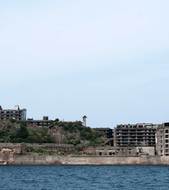


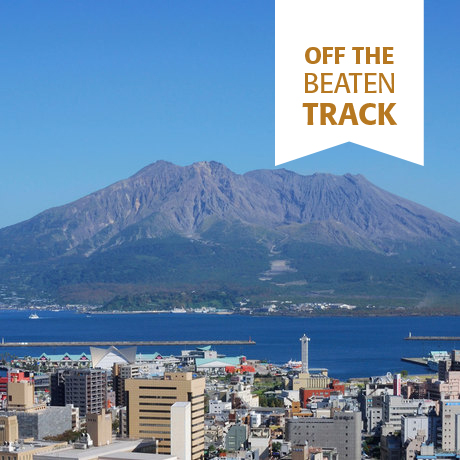
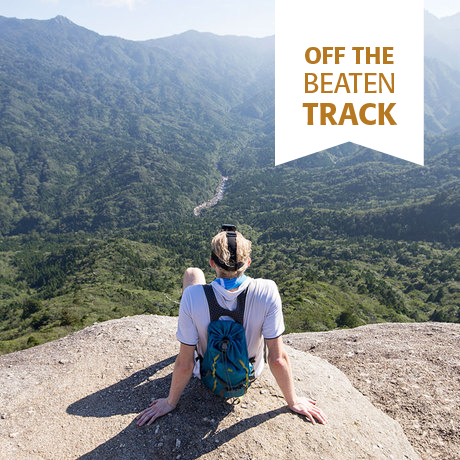
 Inside Japan UK office
Inside Japan UK office Inside Japan US office
Inside Japan US office Inside Japan Australia office
Inside Japan Australia office Inside Japan - Japan office
Inside Japan - Japan office












